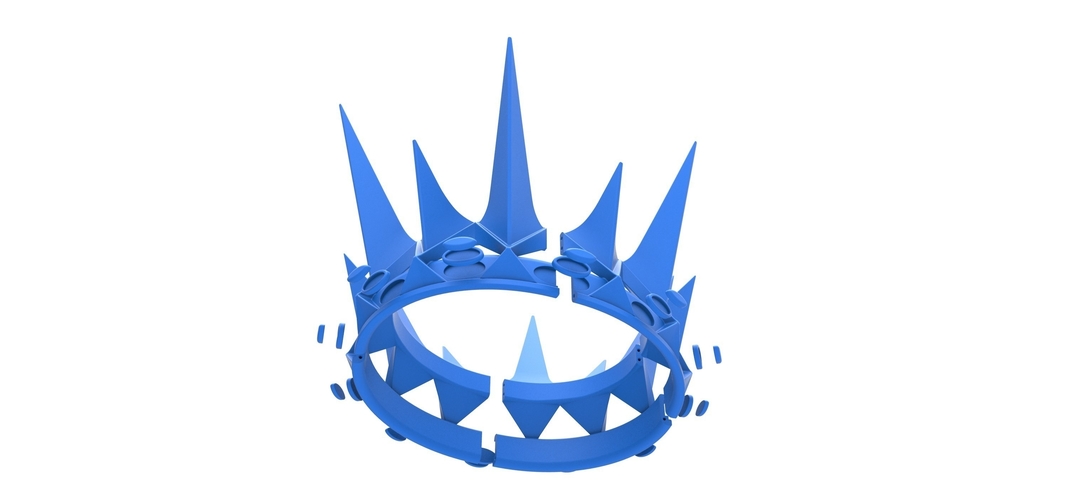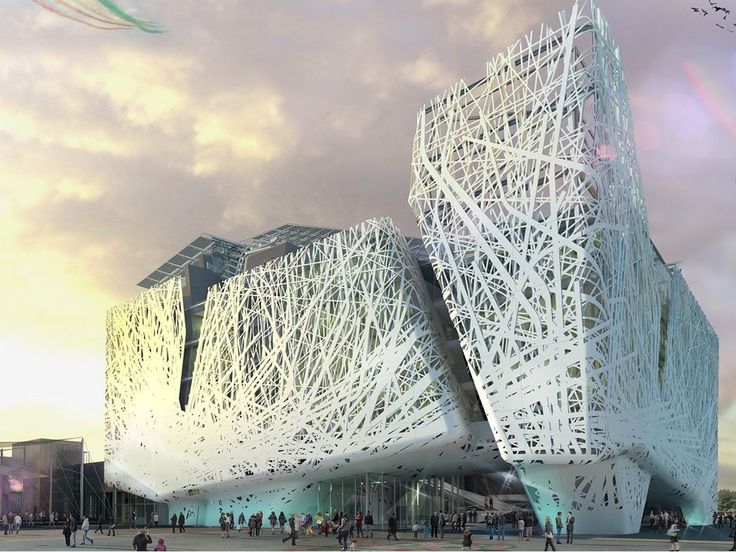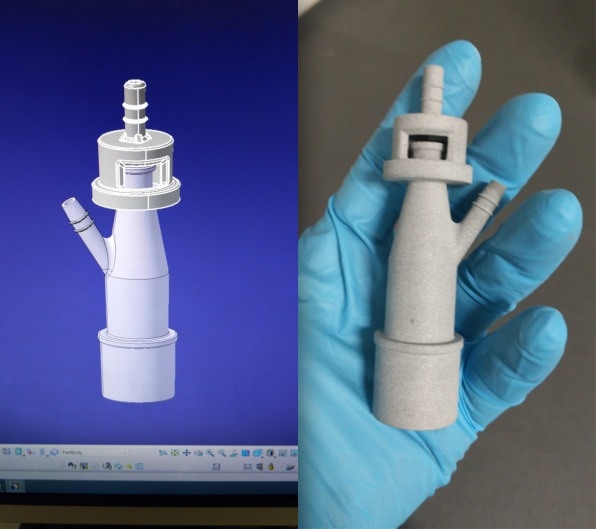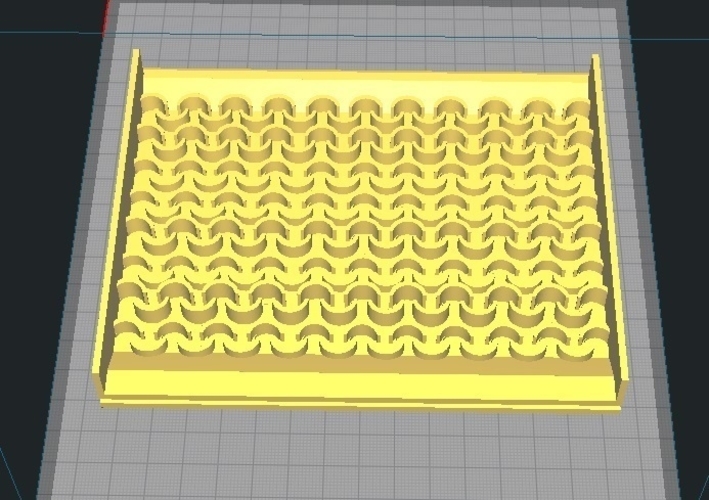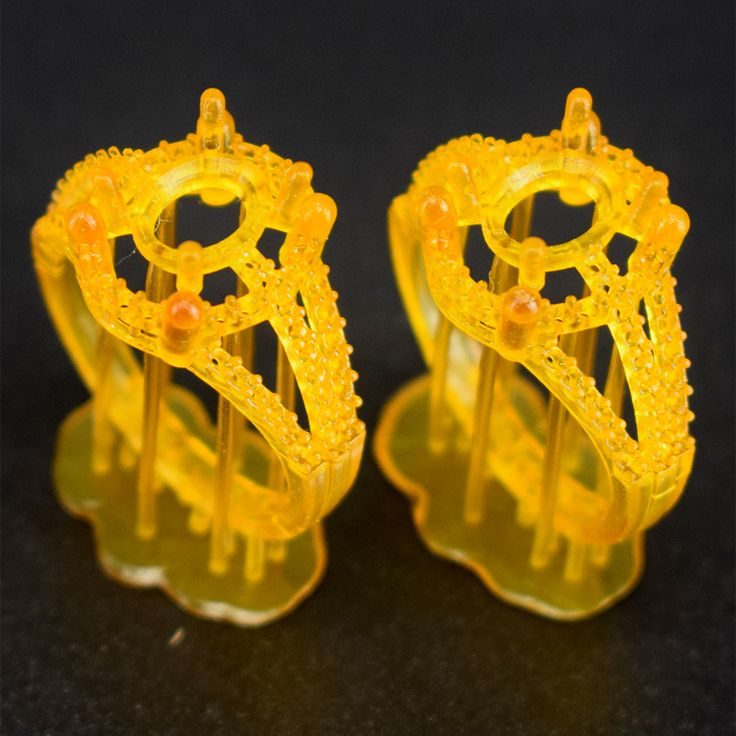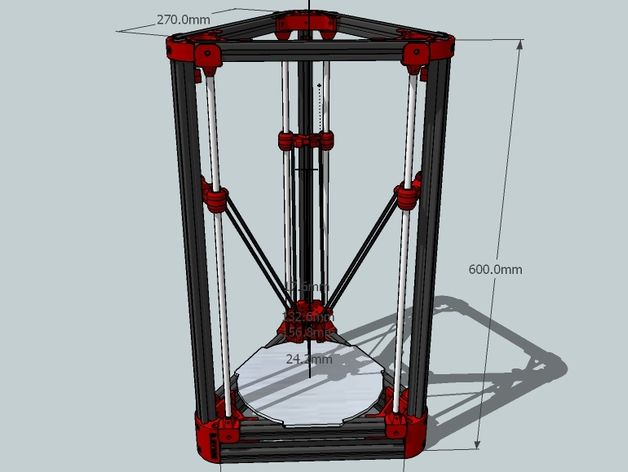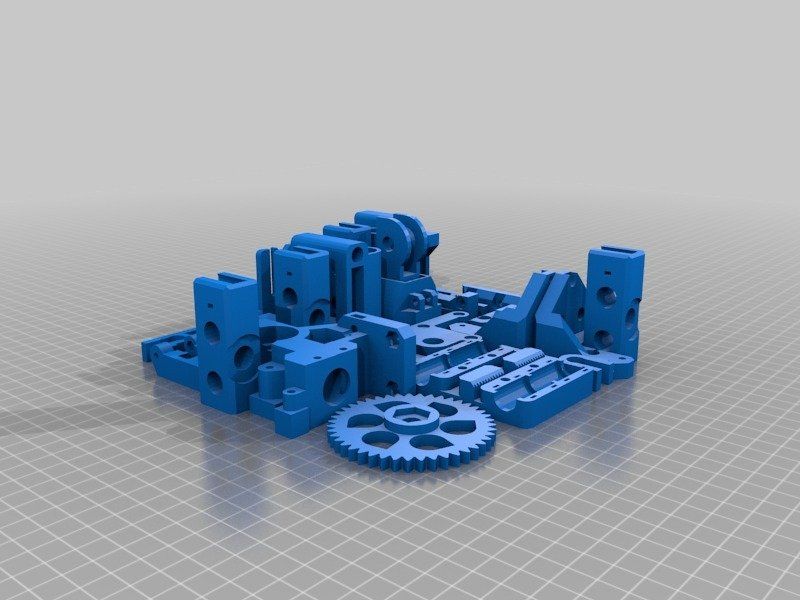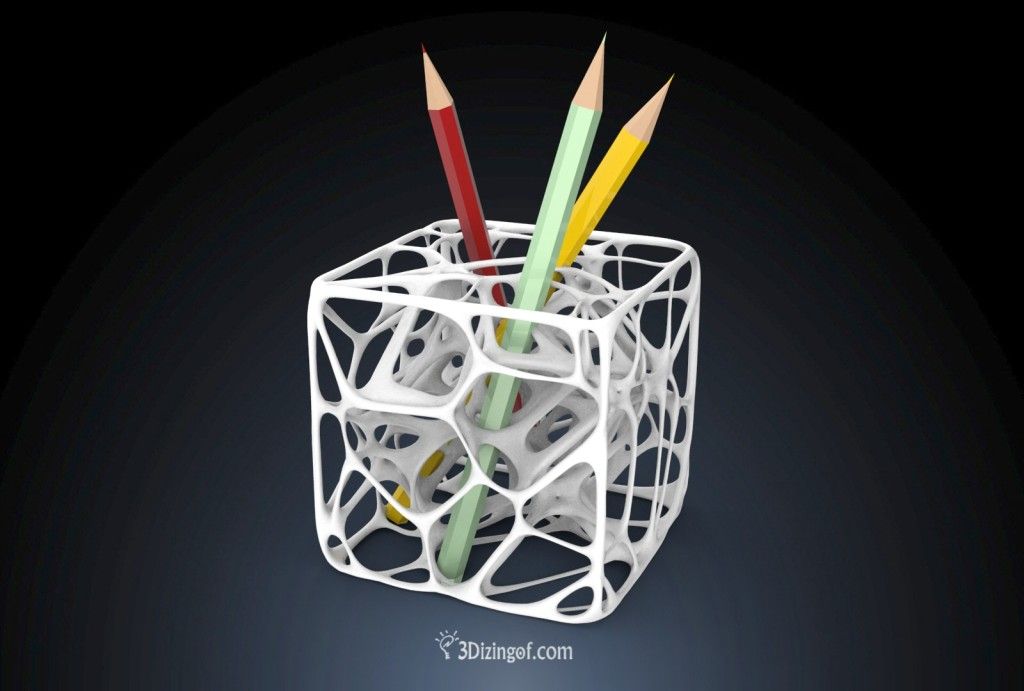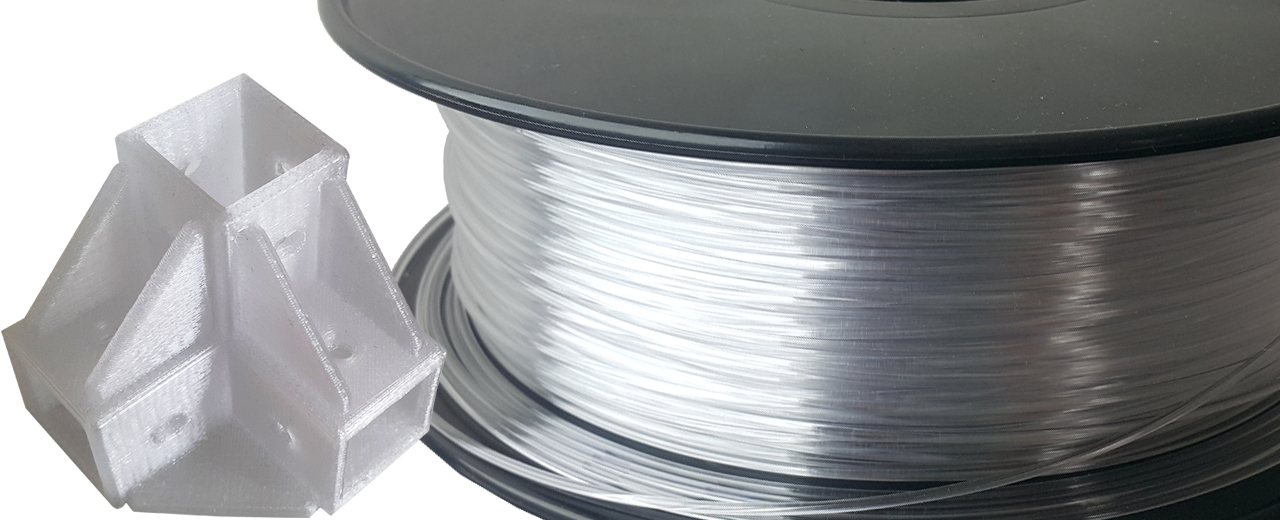Huntsman 3d printing
Huntsman Delivers New Dimension in 3D Printing With IROPRINT® Additive Manufacturing Materials :: Huntsman Corporation (HUN)
New urethanes product platform unveiled at K preview ahead of main launch at K 2019
Everberg, Belgium - Global chemical company Huntsman today outlined details of a new range of additive manufacturing materials that it has developed, which are set to address emerging needs in the 3D printing industry. Huntsman’s IROPRINT® additive manufacturing platform contains three different kinds of urethane-based materials (resins, powders and filaments), which can be 3D printed using a variety of additive manufacturing methods including stereolithography (SLA), high speed sintering (HSS) and fused filament fabrication (FFF).
Initially, Huntsman is launching its range of soft, flexible IROPRINT® additive manufacturing materials in the global footwear and sports industry, where 3D printing is being used to make both customized and mass manufactured shoes. Longer-term, Huntsman plans to roll its IROPRINT® additive manufacturing platform out across a much wider range of applications and industries.
At present, the IROPRINT® additive manufacturing platform includes three product lines, which have been optimized to work with the main 3D printing techniques preferred by footwear producers.
- IROPRINT® R resins are a range of soft, durable, one-component liquid resin systems that can be 3D printed using SLA, digital light processing (DLP) and other radiation-curing methods.
- For companies looking to 3D print with powder-based materials, IROPRINT® P powders are a line of high performance thermoplastic polyurethanes (TPU) for HSS forms of printing.
- IROPRINT® F filaments are a collection of high performance TPU materials, which have a consistent diameter, and are designed for use with fused filament fabrication (FFF) and other extrusion-based printing techniques.
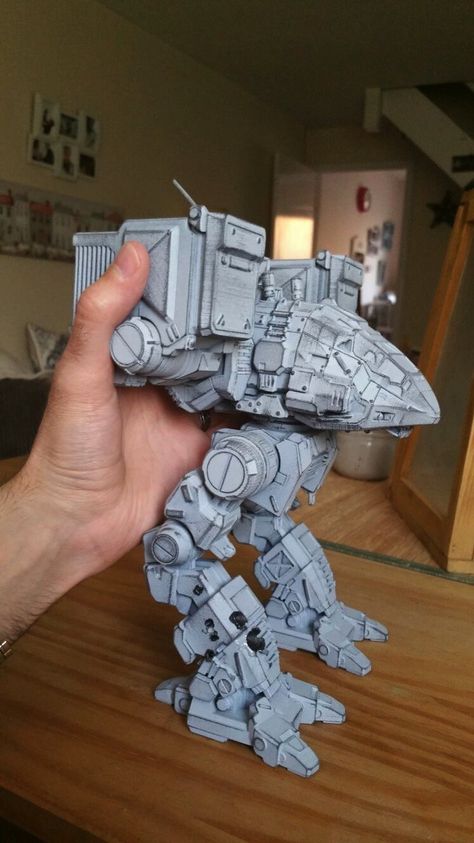
All three IROPRINT® additive manufacturing product lines have been optimized for the production of footwear components and are easy to use and print, offering advanced abrasion resistance, elongation and tear strength. For radiation-cured forms of printing such as SLA or DLP, IROPRINT® R resins also offer a long pot life and quick cure capabilities.
Speaking at the K preview on Wednesday 3 July, where Huntsman unveiled its IROPRINT® additive manufacturing platform, Stephane Peysson, Global Business Development Manager at Huntsman Polyurethanes, said: “Our innovation incubation team worked in close cooperation with end-users and industry leaders to develop our IROPRINT® additive manufacturing product portfolio. Together, we looked closely at what makes a good 3D printing material, and what’s been missing from the market to date. We believe the launch of our IROPRINT® additive manufacturing portfolio fills a gap that exists for a range of functional, durable, yet softer 3D printing materials, which are technology agnostic, and both economical and easy to print - whatever your preferred production technique. ”
”
“Ahead of the launch of the range, we’ve been building relationships with key technology partners, which in turn work with some of the biggest footwear brands in the world. Further down the line we see huge opportunities for our IROPRINT® additive manufacturing materials in other sectors of the 3D printing market, from components for the automotive industry to objects for Internet of Things (IoT) applications. It is an incredibly exciting time to be in the additive manufacturing market, with estimates suggesting the sector is set to grow by more than 20% by 2024. We look forward to discussing the launch of our IROPRINT® additive manufacturing platform with anyone actively involved in 3D printing at the main K show in October.”
Find out more about Huntsman’s IROPRINT® additive manufacturing range at K 2019 by visiting Stand 22 in Hall 8a.
For more information, visit www.huntsman.com.
IROPRINT® is a registered trademark of Huntsman Corporation or an affiliate thereof.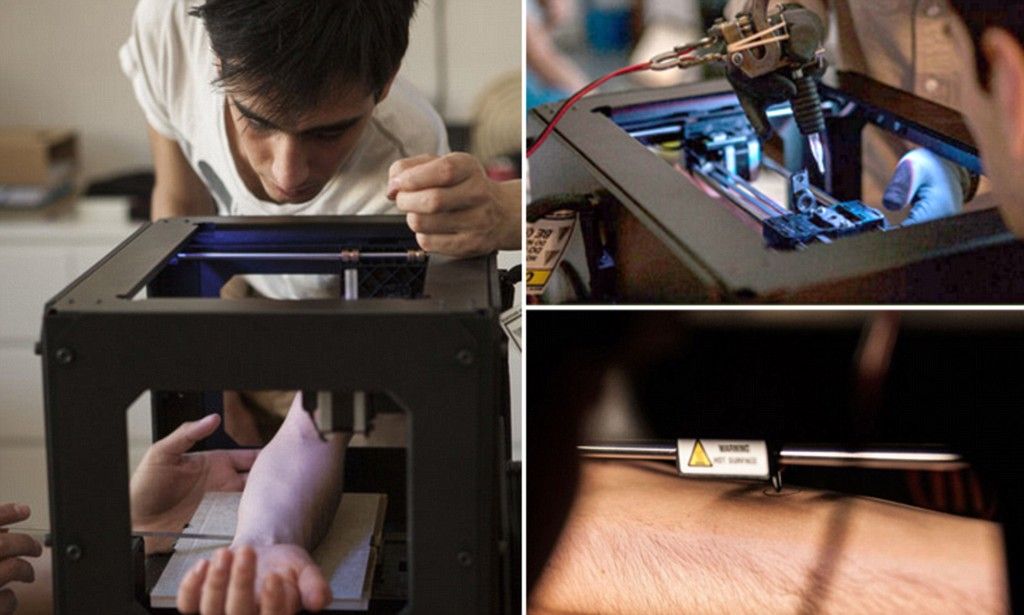 All rights reserved.
All rights reserved.
About Huntsman:
Huntsman Corporation is a publicly traded global manufacturer and marketer of differentiated and specialty chemicals with 2018 revenues of more than $9 billion. Our chemical products number in the thousands and are sold worldwide to manufacturers serving a broad and diverse range of consumer and industrial end markets. We operate more than 75 manufacturing, R&D and operations facilities in approximately 30 countries and employ approximately 10,000 associates within our four distinct business divisions.
Social Media:
Twitter: www.twitter.com/Huntsman_Corp
Facebook: www.facebook.com/huntsmancorp
LinkedIn: www.linkedin.com/company/huntsman
Forward-Looking Statements:
Statements in this release that are not historical are forward-looking statements. These statements are based on management's current beliefs and expectations. The forward-looking statements in this release are subject to uncertainty and changes in circumstances and involve risks and uncertainties that may affect the company's operations, markets, products, services, prices and other factors as discussed in the Huntsman companies' filings with the U.S. Securities and Exchange Commission. Significant risks and uncertainties may relate to, but are not limited to, volatile global economic conditions, cyclical and volatile product markets, disruptions in production at manufacturing facilities, reorganization or restructuring of Huntsman’s operations, the ability to implement cost reductions and manufacturing optimization improvements in Huntsman businesses, and other financial, economic, competitive, environmental, political, legal, regulatory and technological factors. The company assumes no obligation to provide revisions to any forward-looking statements should circumstances change, except as otherwise required by applicable laws.
These statements are based on management's current beliefs and expectations. The forward-looking statements in this release are subject to uncertainty and changes in circumstances and involve risks and uncertainties that may affect the company's operations, markets, products, services, prices and other factors as discussed in the Huntsman companies' filings with the U.S. Securities and Exchange Commission. Significant risks and uncertainties may relate to, but are not limited to, volatile global economic conditions, cyclical and volatile product markets, disruptions in production at manufacturing facilities, reorganization or restructuring of Huntsman’s operations, the ability to implement cost reductions and manufacturing optimization improvements in Huntsman businesses, and other financial, economic, competitive, environmental, political, legal, regulatory and technological factors. The company assumes no obligation to provide revisions to any forward-looking statements should circumstances change, except as otherwise required by applicable laws.
CONTACT:
Simone Richter
[email protected]
Formnext: Huntsman & DWS Collaborate to Bring IROPRINT Resin to SLA 3D Printing Market - 3DPrint.com
Last month, global chemical company Huntsman Corporation introduced its new IROPRINT range of additive manufacturing filaments, powders, and resins at the K 2019 trade fair in Düsseldorf. Huntsman also attended the recent formnext 2019 in Frankfurt, and unveiled IROPRINT F 80112 filament and IROPRINT R 1801 resin – two of its new urethane-based 3D printing materials.
The company also announced at formnext last week that it has formed a strategic collaboration with SLA 3D printing leader DWS to help bring IROPRINT R 1801 to the SLA market.
“This announcement is the culmination of more than two years of close cooperation between DWS and Huntsman – and is our first collaboration in the field of radiation curing 3D printing. This is also the first time that DWS has teamed up with a major polyurethane provider, taking advantage of our world-class equipment, technology and people,” stated Stephane Peysson, Global Business Development Manager at Huntsman.
“As we build our 3D printing ecosystem, we are delighted to have the opportunity to work with DWS, a highly innovative, pragmatic and focused company. Working together with DWS was really easy. As organizations, we are very similar. Both companies have strong links to the families that founded them, and are entrepreneurial and flexible. Crucially, we are also both aligned in our commitment to furthering the adoption of 3D printing in mass manufacturing.”
Image: Huntsman via Twitter
While Huntsman itself created the material, the two companies have worked together very closely during development of the new IROPRINT R 1801 resin so that it would be properly optimized for SLA 3D printing. Huntsman brought its “technology leadership in UV cured polyurethane technology” to the table in the partnership, while DWS contributed its expertise in developing SLA 3D printers.
SLA technology can be used to produce extremely smooth, detailed shapes and surfaces, without requiring any timely or expensive post-print curing processes. The new radiation-cured IROPRINT R 1801 is a one-component polyurethane resin, which offers a high quality surface, the proper mix of strength and elasticity, and great resolution.
The new radiation-cured IROPRINT R 1801 is a one-component polyurethane resin, which offers a high quality surface, the proper mix of strength and elasticity, and great resolution.
The material is flexible, soft, easy to print, and is able to be adopted quickly into manufacturing environments in order to fabricate sports equipment, footwear, and other products that need to look and feel just like rubber.
“With the development of IROPRINT R 1801 resin for SLA, DWS and Huntsman have created a manufacturing solution that will help ease the adoption of 3D printing processes into the manufacturing environment for the creation of a multitude of industrial, rubber-like products, including, specifically, footwear and sports equipment,” said Maurizio Costabeber, the Chief Technology Officer at DWS. “As a well-established player in SLA, we produce a large range of our own materials for 3D printing. Working with Huntsman, though, we sped up the development of a joint solution, which avoids the post processing complexities of other existing methods, while delivering – at the same time – the desired result in terms of surface quality and definition on finished products.
”
[Image: Huntsman]
This cooperation between DWS and Huntsman will provide industrial manufacturers of footwear, sporting equipment, and additional rubber-like products easy access to the SLA 3D printing of the flexible new IROPRINT R 1801 resin.
Discuss this story and other 3D printing topics at 3DPrintBoard.com or share your thoughts in the Facebook comments below.
Stay up-to-date on all the latest news from the 3D printing industry and receive information and offers from third party vendors.
Tagged with: 3d printing resins • collaboration • dws • DWS Systems • footwear • formnext 2019 • Huntsman Corporation • IROPRINT • polyurethane • rubber • sports equipment
Please enable JavaScript to view the comments powered by Disqus.
[CASE] 3D printing in light industry on the example of FullPower / Sudo Null IT News
This is another story about the use of 3D printing technology by our customers.
The company Full Power is engaged in the development and production of plastic products of its own production, the main direction is the production of accessories used in backpacks and clothing for hunting and tourism.
Belt clip for a scabbard or holster.
Buckles and snaps for backpack. nine0008
Jacket accessories.
They also make custom-made products that are not related to the main profile.
What kind of printer
Formlabs Form 2
- Technology: SLA
- Working chamber: 145 x 145 x 175 mm
- Layer thickness, from: 25 µm
- Dimensions, mm: 350 x 330 x 520
- Weight, kg: 13
- Specialization: Design; Architecture; Package; Advertising; Prototyping; The medicine; souvenir industry; Jewelry business; Education; Dentistry; Production
- Materials supported: photopolymer
- Interfaces: Wifi, Ethernet, USB
- Price: 336 500 rubles.

The most famous and one of the best stereolithographic 3D printers.
To date, it is the standard of desktop stereolithography, with which all analogues are compared.
How to use
Used for prototyping 3D models created in Fusion 360 before they are directly released in plastic on an injection molding machine. nine0008
A significant advantage of using 3D printing technologies in the production of fittings is the ability to quickly obtain a finished product according to the developed model.
Roughly speaking - in the morning or in the afternoon I drew in the program, sent it to print in the evening, and the next day there is already a ready-made sample for further work, on which all the shortcomings of the developed model are visible, it is possible to correct them immediately.
3D printing allows you to check the functioning of the created models and their compliance with the intended characteristics, dimensions and appearance. nine0008
nine0008
How they chose
The printer was chosen on the basis of reliability - a well-known, proven device.
How it used to be
Before 3D printing, prototypes were made by hand and then sent to the factory for mold making and replication.
Later, when the first 3D printers appeared in the public domain, prototypes began to be printed using FDM technology. Stereolithography is the next step. nine0008
Pros
- High Precision
- Convenient friendly interface
- Automatic resin addition and mixing system for native resins
- General reliability
Cons
The disadvantages include expensive consumables. Cartridges run out quickly with constant use. It is also worth remembering that the bath is also a consumable item, it will need to be replaced after some time of intensive work. nine0008
nine0008
Conclusions
The benefit of using the Form 2 is time savings and model accuracy. You can create a product and immediately print it, and stereolithography gives much less tolerance than layer-by-layer deposition.
No need for manual surface finishing. No need to order printing from a third party, waste time waiting and delivering, and this can be a significant time - this service is now in great demand. nine0008
Owning such a 3D printer is more than justified when it comes to permanent professional use, but can be too expensive if the printer is used for hobby purposes.
You can purchase Formlabs Form 2 and get advice on the properties of consumables for it in the Top 3D Shop. The printer comes with free shipping and training, and as part of the promotion - a liter of photopolymer and a discount of up to 20% on consumables for 2018.
Want more exciting news from the world of 3D technology? nine0008
Follow us on social media networks:
Metal 3D printing: profitable and reliable
3D printing is a rapidly developing innovative technology that opens up previously inaccessible opportunities in various fields of activity. Recently appeared 3D printers quickly gained popularity and became available even to the average user.
Recently appeared 3D printers quickly gained popularity and became available even to the average user.
In the PressLite store, 3D printers are represented by a wide range of devices capable of implementing projects in various fields of activity. Here you can choose 3D printing equipment for personal and production use. nine0008
Metal printers are currently developing in a particular way. And it is not surprising, because metal products obtained by this method have high practical and aesthetic qualities, are widely used in everyday life and for the implementation of industrial purposes. In addition, 3D printing technology provides significant savings in energy and consumables.
Modern 3D printers can print different types of metals, their work is most often based on the use of SLS / DMLS or EBM technology. Each of them involves the production of a part from a special metal clay made from metal shavings, water and a binding organic substance. In the first two cases, a laser is used to process the material during printing, in the latter, powerful electron beams are used.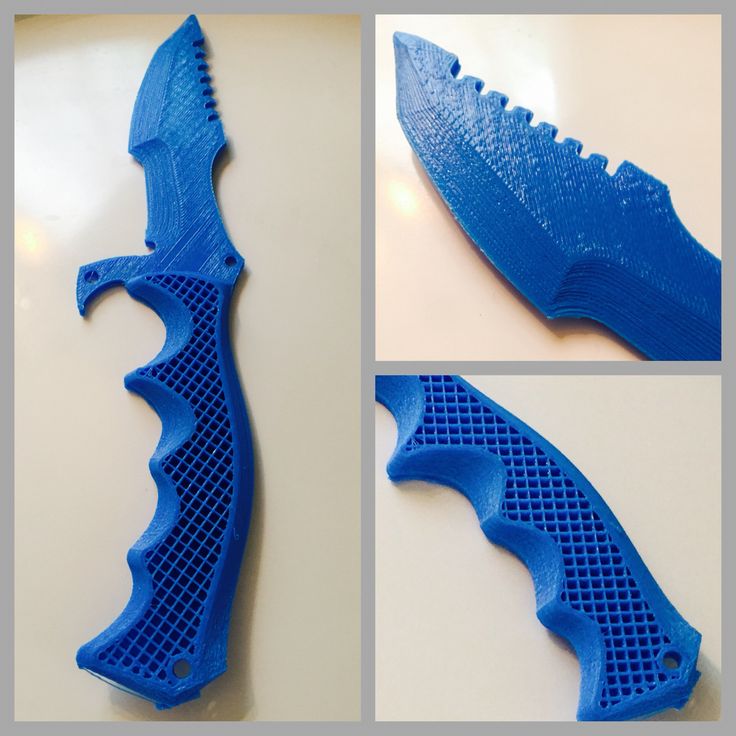 nine0008
nine0008
Today new technologies appear, each of which has the right to life. But the implementation of 3D printing with metal materials in non-production conditions is not yet available. Such limitations arose due to the need to create extremely high temperatures for the process.
Rapidly developing technologies in the field of 3D printing allow us to hope that this problem will be solved soon. Already today, printing with plastic filaments with a certain content of metal powder is available at home. Products made from such material are very similar in appearance and characteristics to metal parts. nine0008
To meet industrial needs, modern manufacturers produce printers that print metal in specially created conditions. But such printers are usually large, heavy and expensive. The cost of equipment of this type starts from 100 thousand dollars, so it is available only to large, profitable enterprises.
The cost of purchasing and maintaining a 3D printer that prints metal, as well as the purchase of consumables, pays off only in case of intensive use of the equipment.